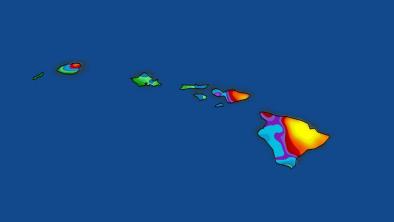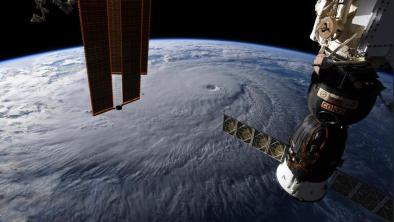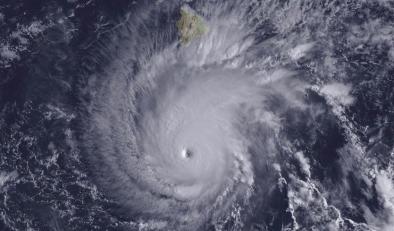Science Source
Dominant Role of Subtropical Pacific Warming in Extreme Eastern Pacific Hurricane Seasons: 2015 and the Future
- States that the 2015 hurricane season in the eastern and central Pacific Ocean (EPO and CPO), particularly around Hawaii, was extremely active, including a record number of tropical cyclones (TCs) and the first instance of three simultaneous category-4 hurricanes in the EPO and CPO
- States that a strong El Niño developed during the 2015 boreal summer season and was attributed by some to be the cause of the extreme number of TCs
- States, however, according to a suite of targeted high-resolution model experiments, the extreme 2015 EPO and CPO hurricane season was not primarily induced by the 2015 El Niño tropical Pacific warming, but by warming in the subtropical Pacific Ocean
- States that this warming is not typical of El Niño, but rather of the Pacific meridional mode (PMM) superimposed on long-term anthropogenic warming
- Finds that although the likelihood of such an extreme year depends on the phase of natural variability, the coupled GCM projects an increase in the frequency of such extremely active TC years over the next few decades for EPO, CPO, and Hawaii as a result of enhanced subtropical Pacific warming from anthropogenic greenhouse gas forcing
Related Content
Headline

Aug 27, 2018 | The Weather Channel
Hurricane Lane Was the Third Wettest U.S. Tropical Cyclone on Record (Recap)
Headline

Aug 23, 2018 | Grist
Bigger, stronger, rainier: Is Hawaii’s Hurricane Lane a sign of what’s to come?
Headline

Aug 23, 2018 | The Weather Channel
Hurricane Lane Hammers Hawaii: Flooding, Mudslides Reported on Big Island
Headline

Aug 22, 2018 | Weather Underground
Catastrophic Rains, Floods, Mudslides Possible as Lane Nears Hawaii


